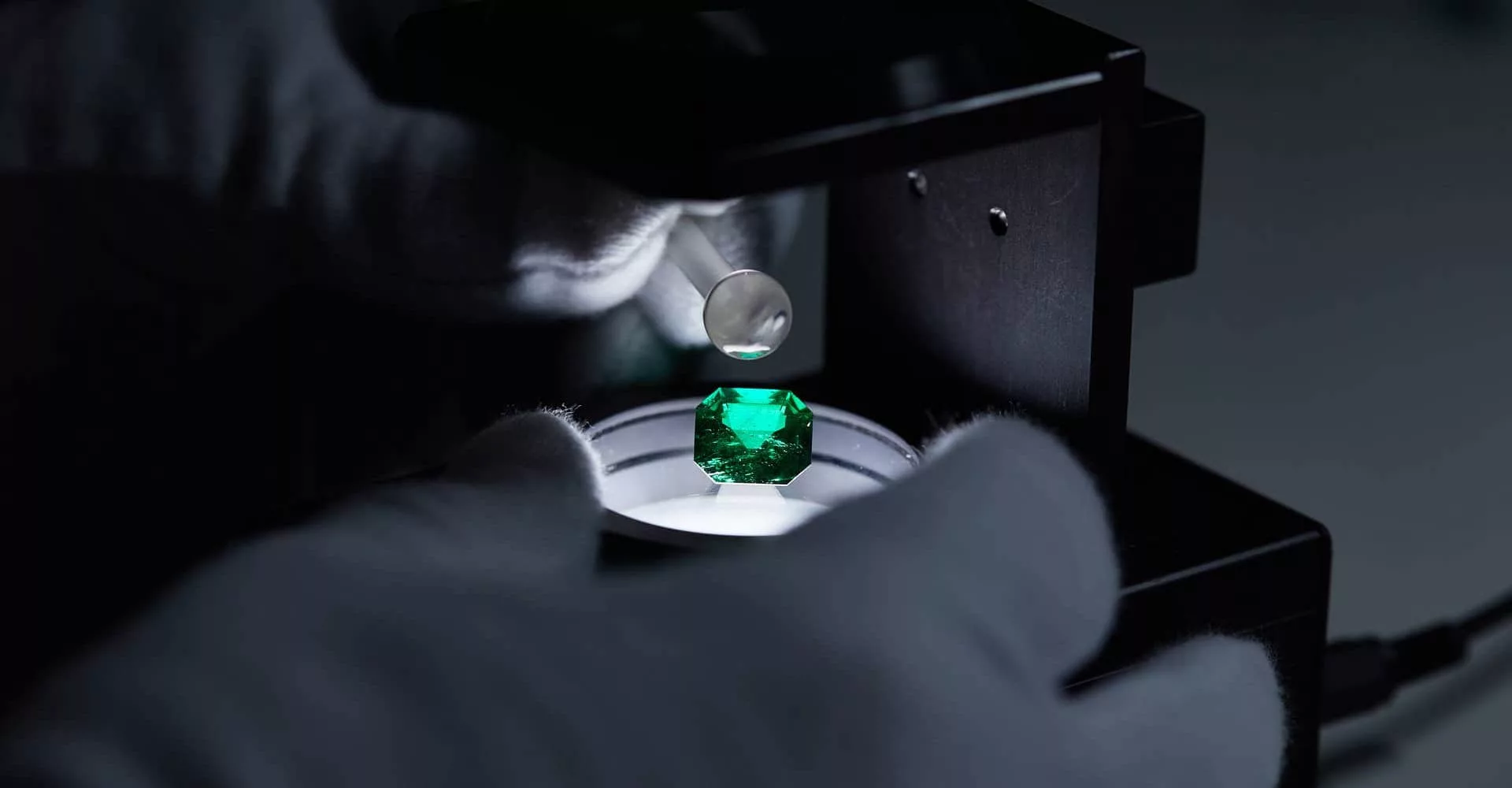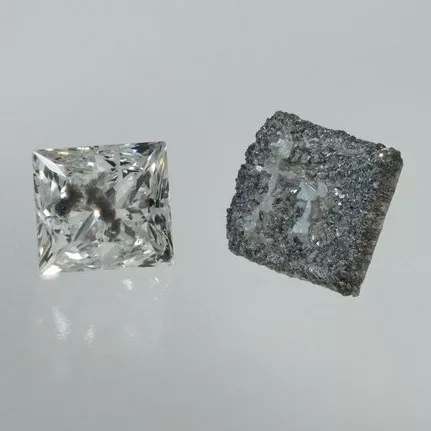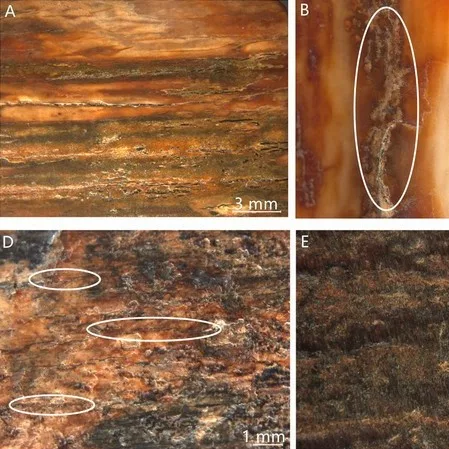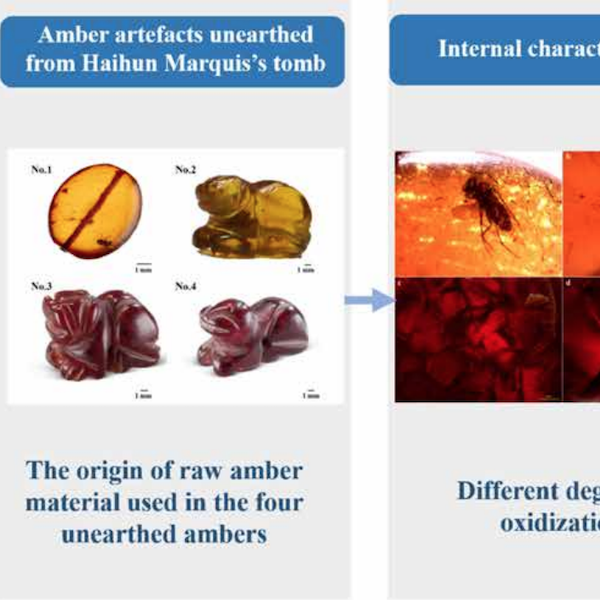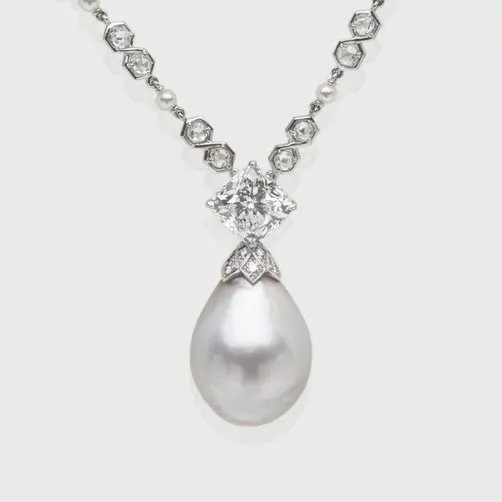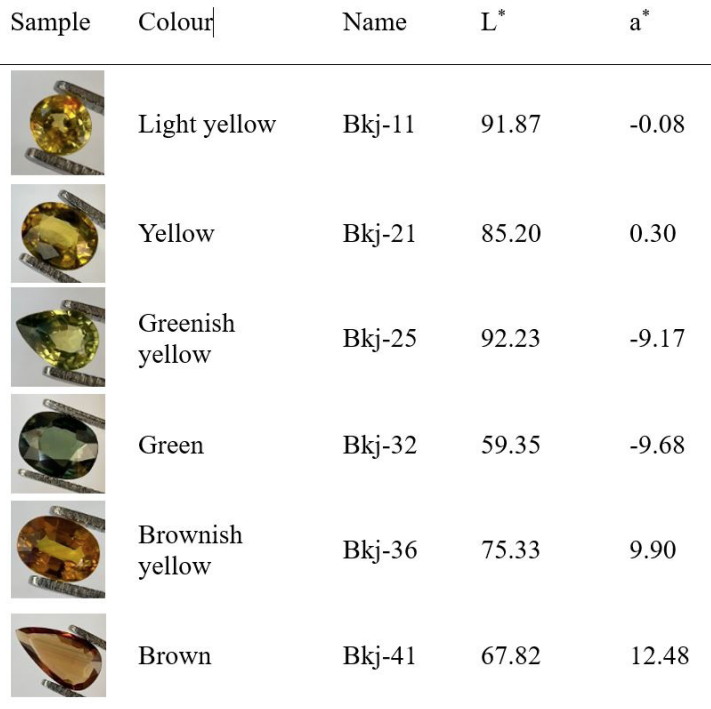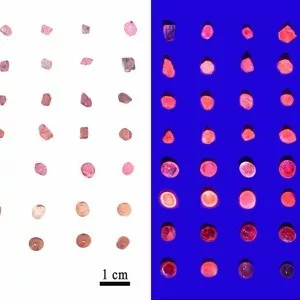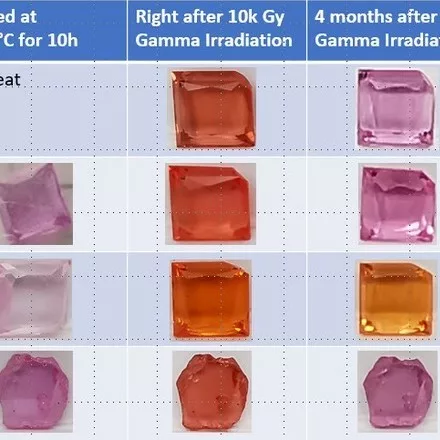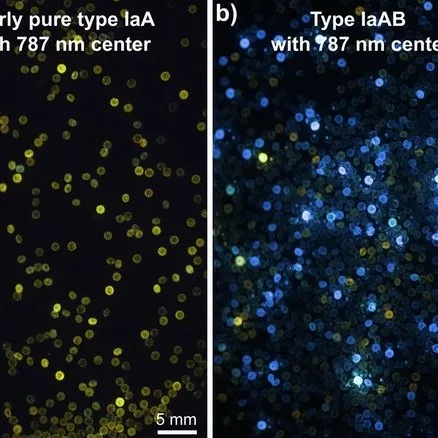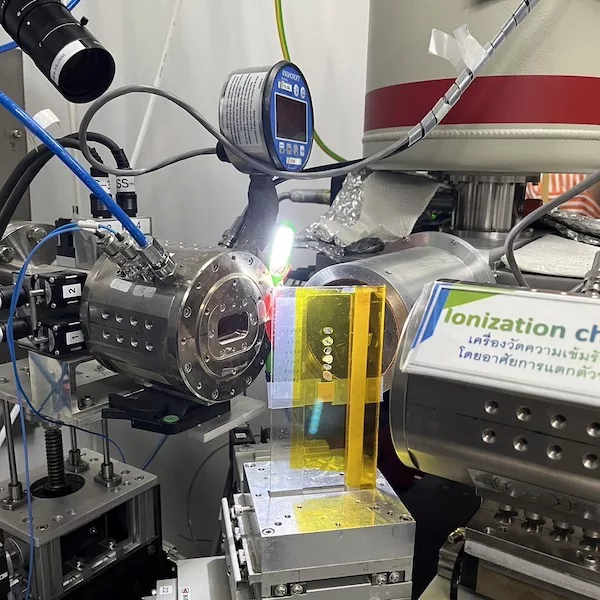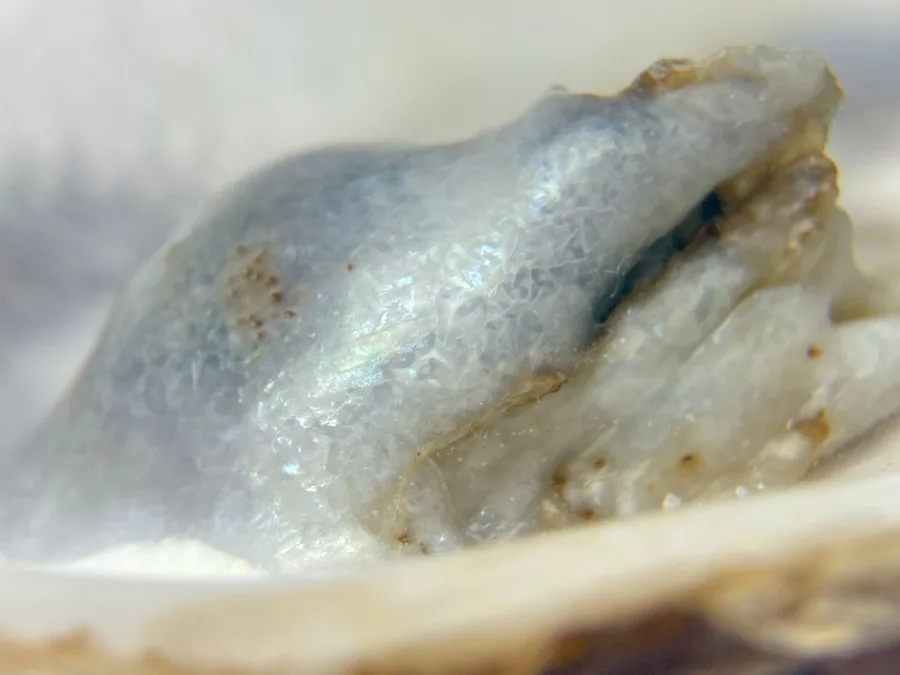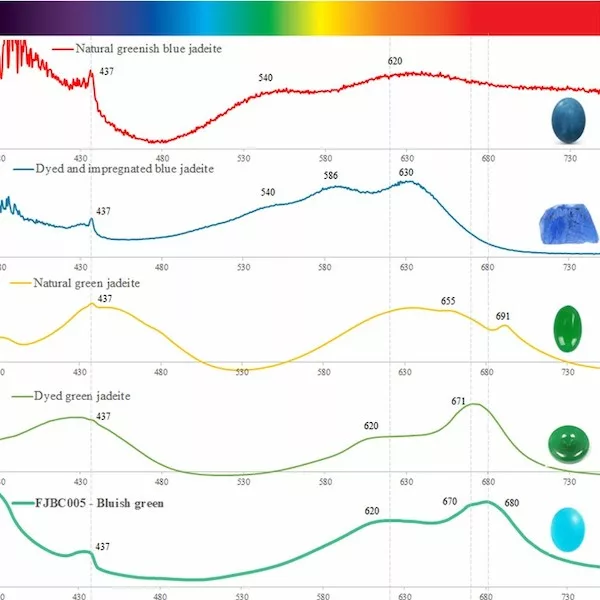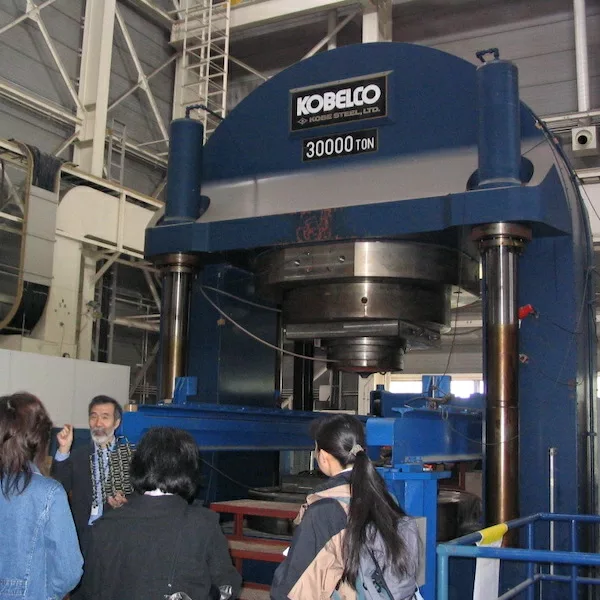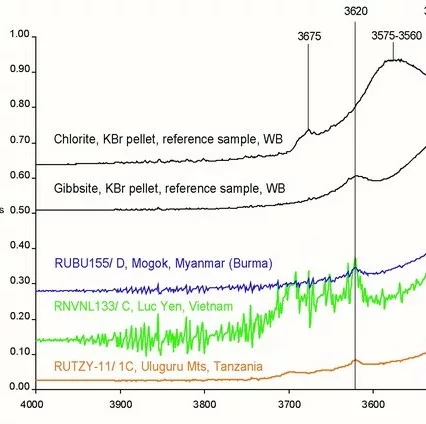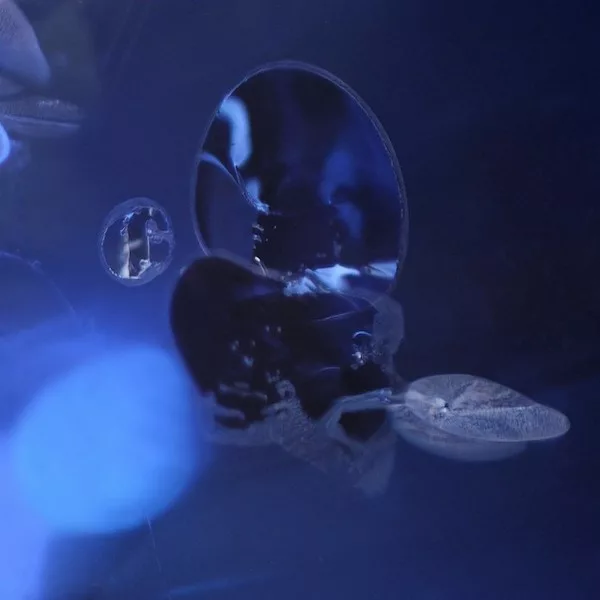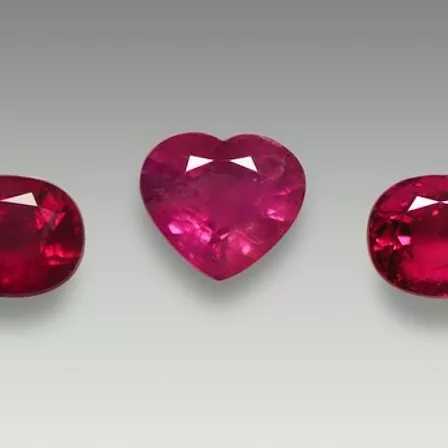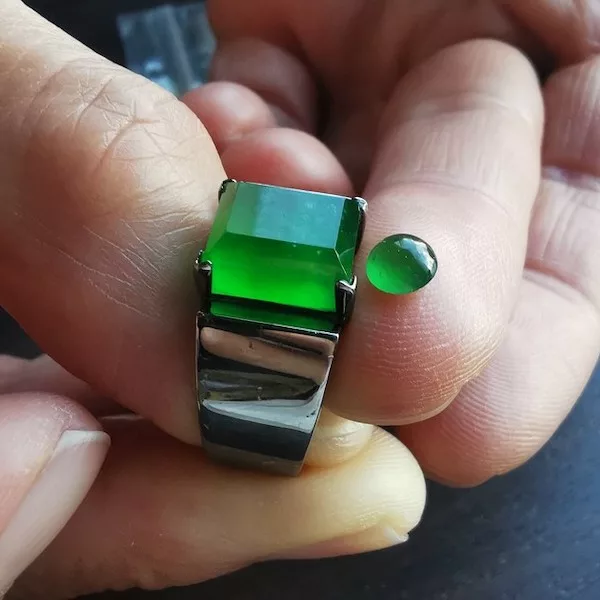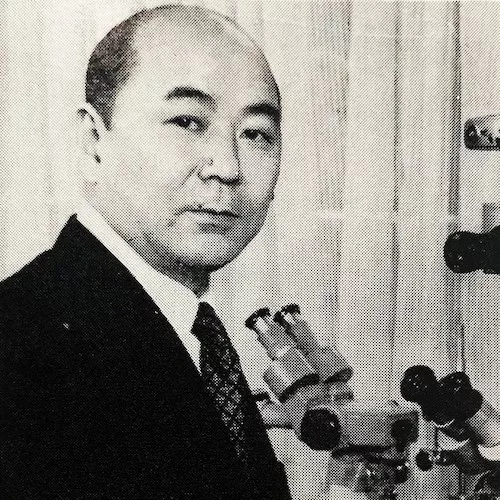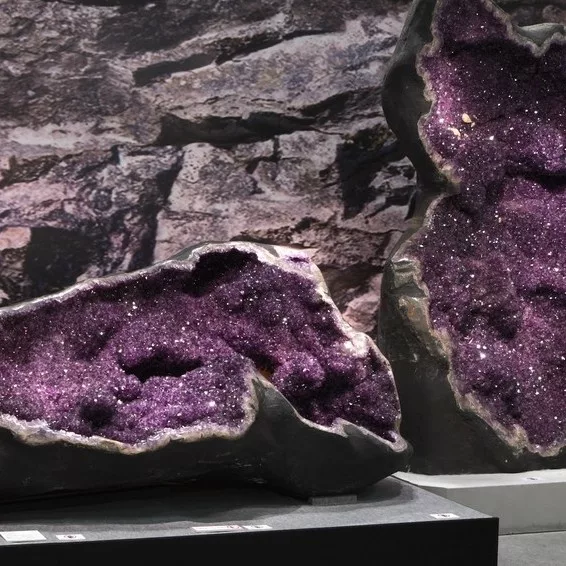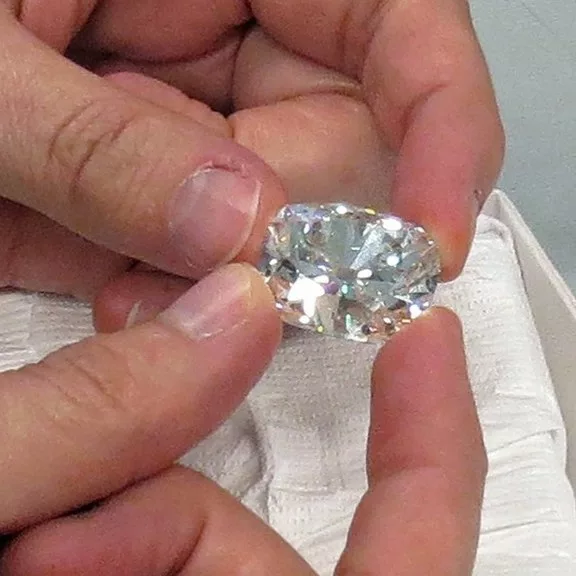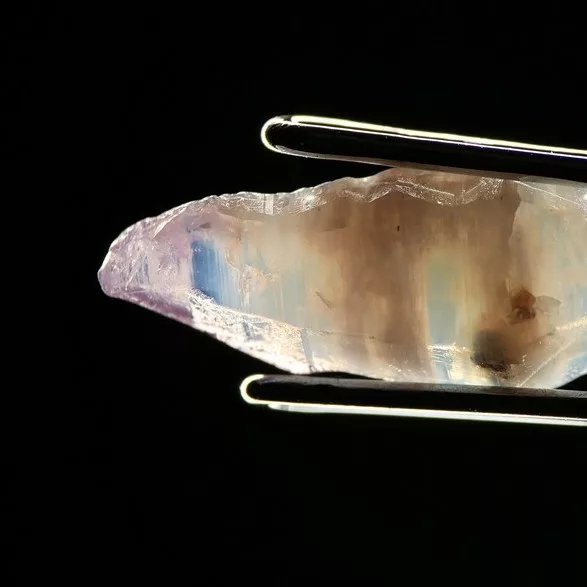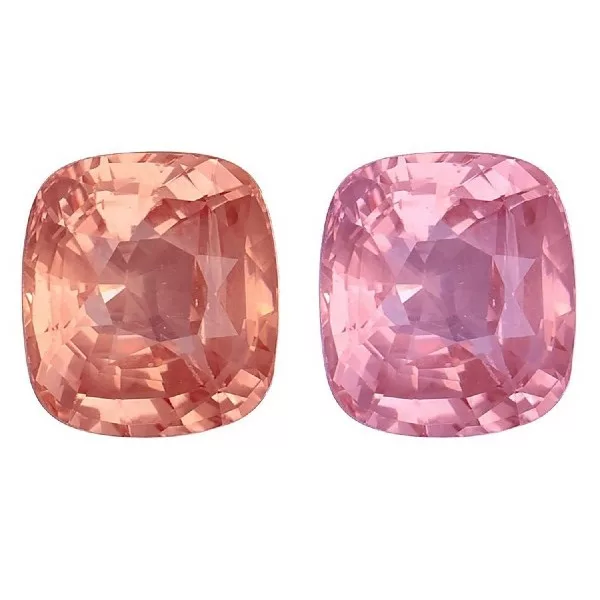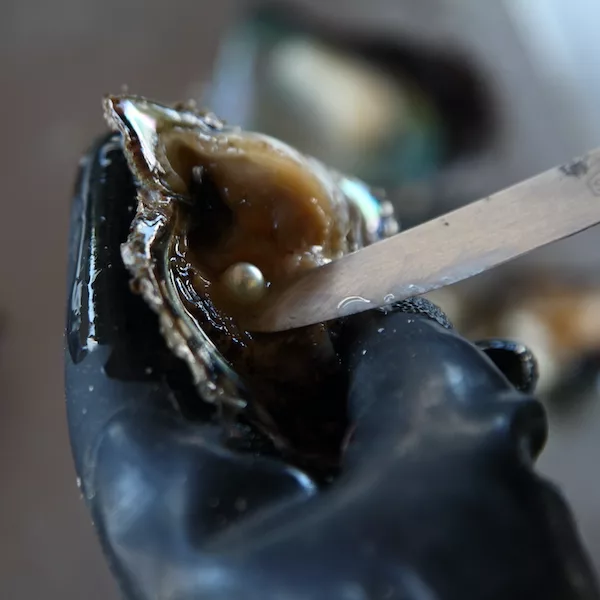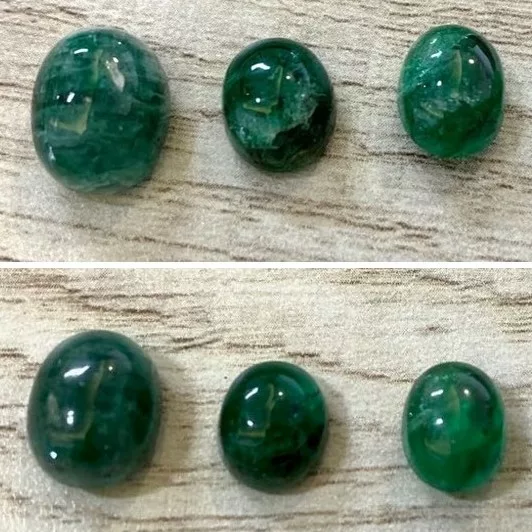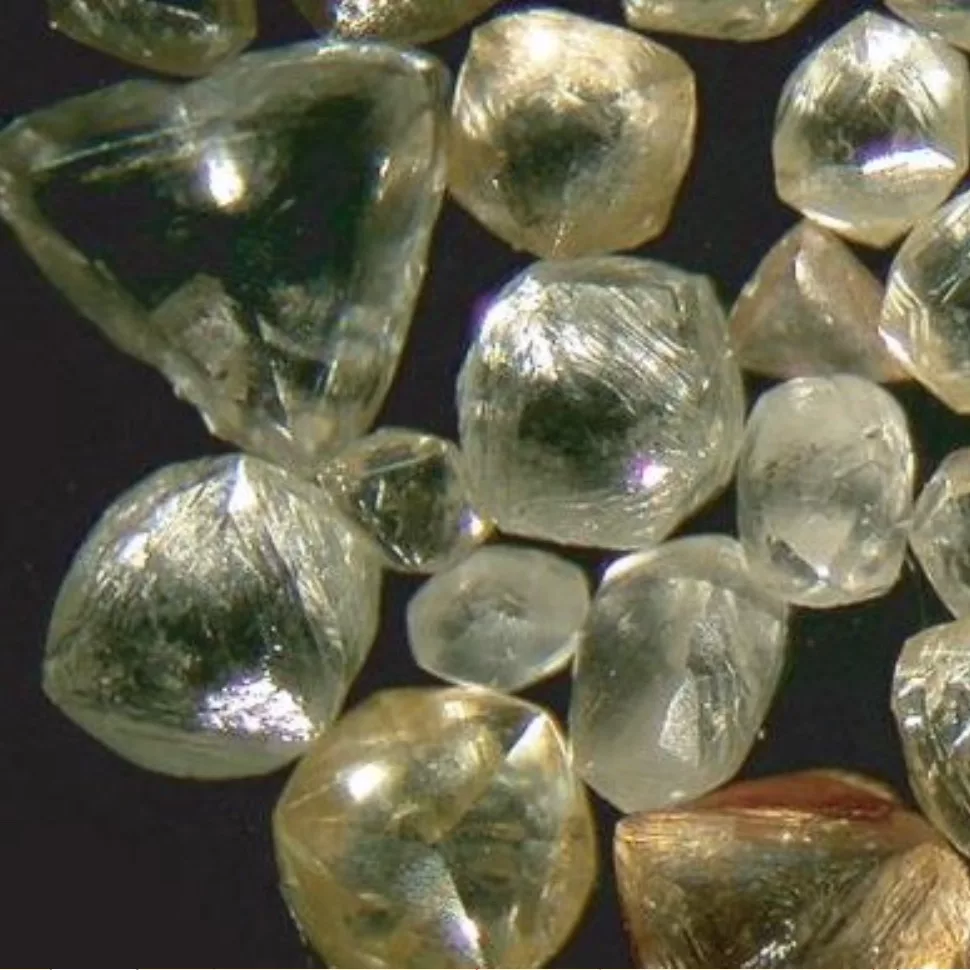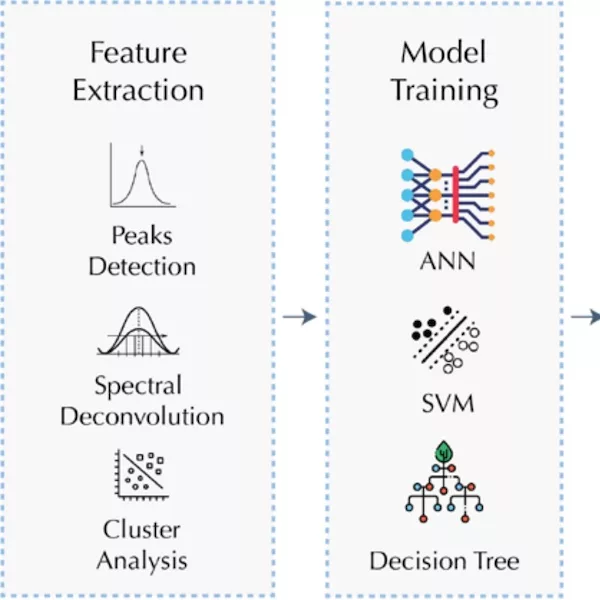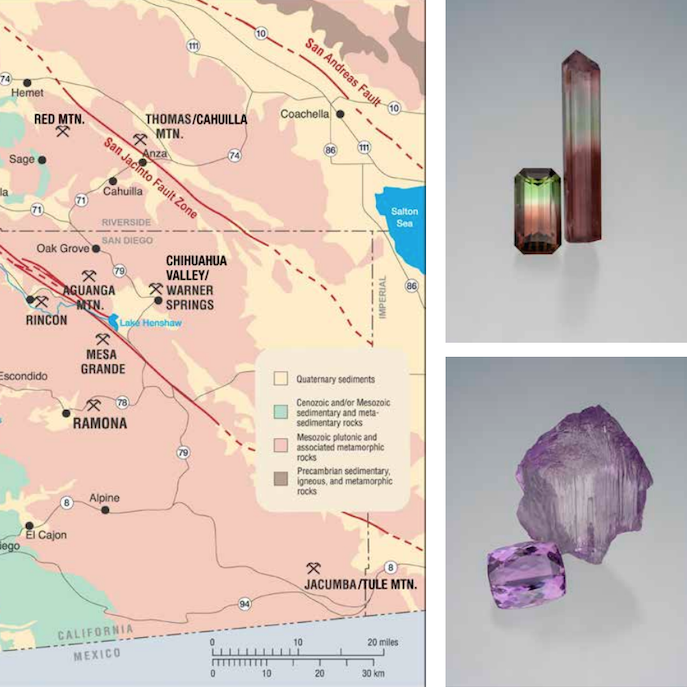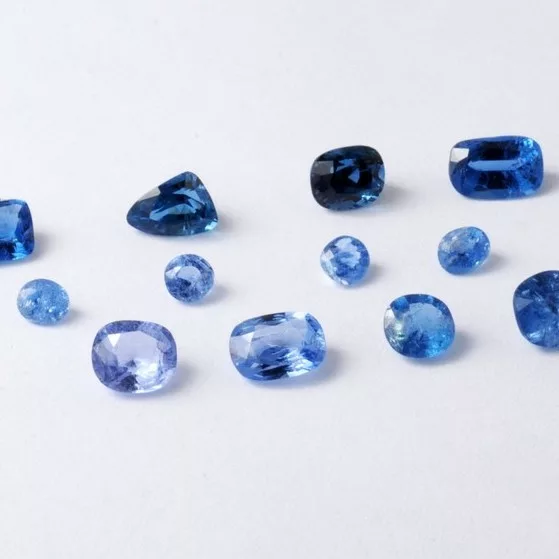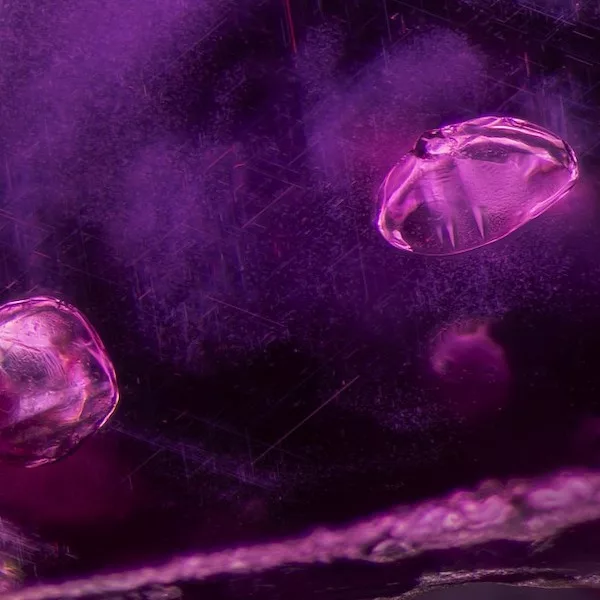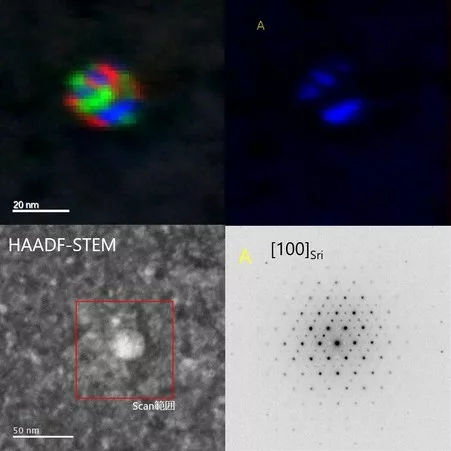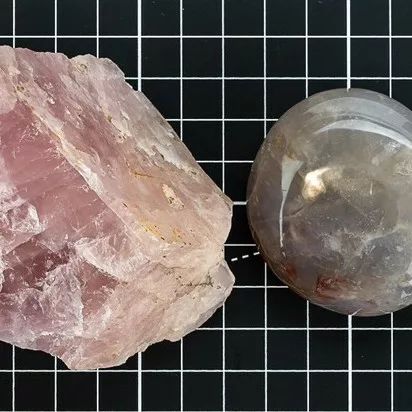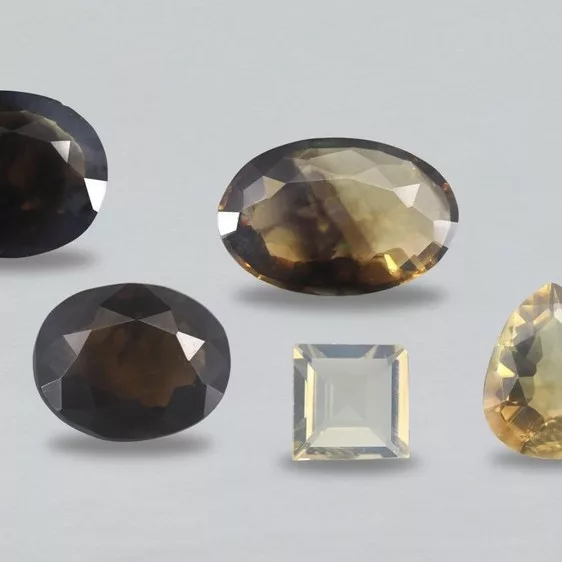Past conferences
Abstracts Library
Gemmological studies of “Hybrid Diamond” (Natural + CVD synthetics)
Size and quality of CVD synthetic diamonds for jewelry market have been improved over the years, and various fancy colour CVD diamonds have also been produced. In addition, overgro
Causes of color in brown mammoth ivory
The mammoth species were once the largest terrestrial mammals in the world during the late Pleistocene (approximately 350,000 to 10,000 years ago), inhabiting the northern hemisphe
Effects of weathering on FTIR spectra and origin traceability of archaeological amber: The case of the Han Tomb of Haihun Marquis, China
Amber (fossil resin), known as the “capsule of time and space”, which is a complex biogenic polymer originated from ancient plants resin from different geological periods [1].
DNA Fingerprinting and age dating of historic natural pearls: a combined approach
Natural pearls are accidental formations in wild oysters. The lack of new supply in recent decades has meant that the trade is heavily dependent on old stocks of natural pearls, an
Explanation on Yellow, Green and Brown Coloration Series of Basalt Related Bangkaja Sapphires
The basalt related Bangkaja sapphires, excluding the black star ones, commonly occur in three coloration series, i.e., the yellow, the green and the brown. Two representative sampl
Quantitative estimation of spinel’s thermal and geothermal history by photoluminescence spectroscopy and its application in spinel origin determination
The thermal history of spinel can not only be used to distinguish the natural spinel from heated and synthetic ones, but also to reveal that the spinel underwent different geologic
Effects of Gamma Irradiation on Ruby and Pink Sapphire and Potential Detection Methods in Gem Labs
Gamma irradiation is a non-destructive and non-invasive treatment method used to enhance the colour and aesthetic appeal of gemstones, such as diamond, topaz, quartz, and sapphire.
A study of nickel-bearing type Ia diamonds
We present a detailed FTIR and PL spectroscopic study (i.e. at 298 and 77°K) of a large number of colorless (i.e. color D to G) type Ia diamonds (i.e. >200), showing the presence
The Importance of Research for Gem & Jewellery Industry
Research has always been an essential tool for business leaders who always realise that the consuming public is active, and hence, research investment could help lead their busines
Past, Present and the Future of IGC
Exactly, seventy-one years ago, in the month of October, to be precise from the 23rd to the 25th of October 1952 in Lugano, Switzerland, the inaugural meeting of the International
Nacreous Blister Pearl Discovered in Edible Oyster (Crassostrea gigas)
A baroque pearl with a gray, nacreous appearance was discovered attached to the interior of an edible oyster while the author was enjoying a meal at home. The oyster had been purch
Treated jadeite-jade: Unusually bright fancy colours
Jadeite-jade is a precious ornamental stone that has been valued as the topmost decorative stone and has been used in jewelry, carvings, and other ornamental objects by many cultur
A brief history of synthetic diamond researches in Japan
Research on diamond synthesis started in early 1960s in Japan, following GE’s success in 1955. The research was most active between 1980 and 2000 in Japan, triggered by success i
FTIR Fingerprinting: a case study on mineral inclusion identification by FTIR applied on rubies from marble-hosted deposits
Fourier-Transform Infrared Spectrometry (FTIR) is a well-established analytical method in the field of gemmology (Suhner, 1979; Fritsch and Stockton, 1987; Smith, 1995; Beran and R
Phase transformations as important markers for heat treatment detection in corundum and other gemstones
Detection of heat treatment of ruby and sapphire and other colour varieties of corundum is a major issue for the trade and laboratories alike. Heat treatment of corundum is commonl
Influence of Irradiation on Colour Modification and Colour Stability of Rubies: A Preliminary Study
Ruby is the chromium-bearing red colour-variety of corundum Al2 O3 . Since historic times, ruby is highly popular in the gem and jewellery market because of its highly saturated re
Geographic Origin Determination of Fei Cui: A comparison of high-quality green Fei Cui from Myanmar, Guatemala, and Italy
Fei Cui is a kind of jade that is defined as a granular to fibrous polycrystalline aggregate composed solely, or principally of any of the following or any combination of the follo
A study of Chikayama’s gem and mineral collections and building a gem museum
Based on the belief that “a gemstone is art and science,” Mr. Akira Chikayama devoted his life to gemological research and study for the benefit of people involved in gemstones
Overview of the “GEM” special exhibition at the NMNS
A special exhibition “GEM” was held at the National Museum of Nature and Science (NMNS), Tokyo, from February 19th to June 19th, 2022. The exhibition covered all aspects of gem
The Banjarmasin Diamond in Amsterdam – War Booty from Borneo
The Banjarmasin diamond in the collection of the Rijksmuseum in Amsterdam plays a questionable role in the history of the Dutch occupation of Southern Borneo. Confiscated from the



